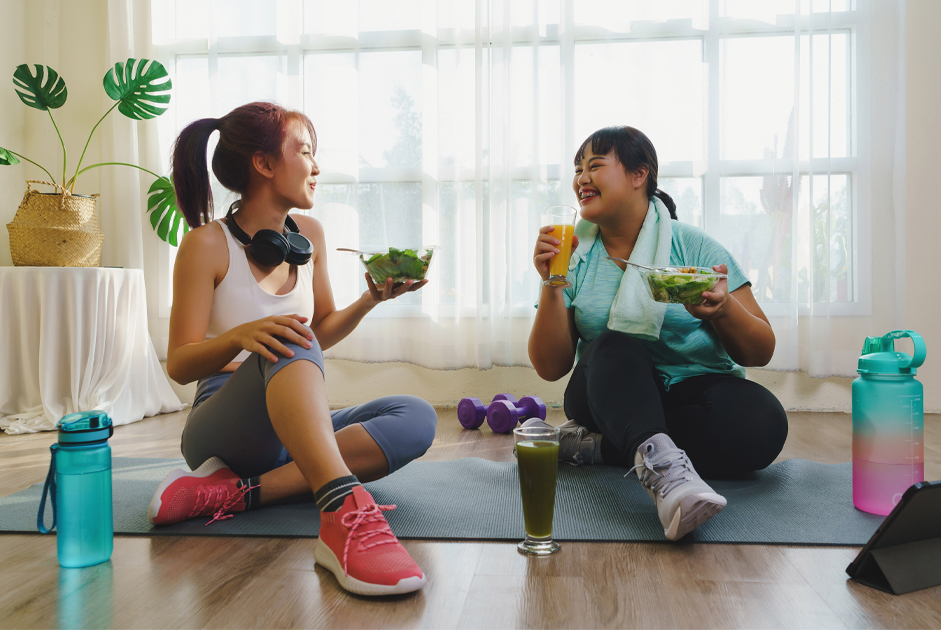“Every artist was first an amateur.” —Ralph Waldo Emerson
Three attributes pique interest in the art of fermenting foods—probiotics, nutrient density, and food preservation! We select foods not because of the health value; instead, we crave particular complex flavors that are sometimes familiar or new and unimagined! Beyond the store-bought jar, the curious gardener or first-time canner seeks their own fermentation journey. It begins by perusing online recipes and reading books by experts like Sandor Ellix Katz and Kirsten and Christopher Shockey. The next step is to gather supplies and start the enriching experience of fermentation, from harvesting vegetables to plucking fresh fruit directly from trees or bushes!
Equipment
The porcelain crock used to have a special place in the household until canning season began. Perhaps, it’s now still in your home, unused, but reveling in memories. While it may be too large for a beginner; it certainly hasn’t lost its usefulness!
What other tools are needed?
- The Container: Glass jars allow you to witness firsthand what is happening without committing to four gallons. (Plastic, such as a three or five-gallon bucket, offers a cheap option to make a large batch, but consider using stone or glass as the vessel.
- Airlocks: Attached to the top of a Mason jar, the airlock allows air or gases to escape, preventing molds and microorganisms from developing. For the beginner, the airlock system creates a “fool-proof” fermentation! Kits are available, or purchasing the lids and locks together is also possible .
- Tamper: Usually constructed from wood and used to press the ferment into the container.
- Slicers: Numerous options to slice, shred, or chop; therefore, consider a food processor or “mandolin” if you don’t have one!
Start with Kraut
Sauerkraut, despite the workout, is one of the easiest foods to ferment. Consider taking the first step! In the process, you’ll understand the role of salt and the value of airlocks. Be particular in choosing your vegetable. The cabbage head should be firm with crisp, shiny leaves! Bypass the one pre-cut and wrapped in plastic!
- After coring and shredding, adding thinly-cut vegetables to a bowl, start salting and rubbing the mineral into the leaves. Immediately, the walls will begin to break down and release the juices. Keep massaging and squeezing the liquids. Allow to rest, cover with a towel, for an hour; then, return to massage and squeeze. Continue until you have enough brine to press into a crock or jar. It’s a long day, but worth it! Don’t forget to taste!
- Never add more water, only salt or vegetables that provide water, such as turnips, sliced onions, carrots, and beets.
- Transfer the contents into the jar slowly and always tamp to remove the air bubbles. Allow four inches to remain at the top, termed “headspace,” for expansion.
- Add an airlock!
- Place your jar(s) on a cookie sheet to collect exiting brine, out of direct light and in an area between 55 and 75 degrees. If not a cooled location, refrigerate!
- Check your pH levels daily. The goal is 4.6; although, it can be lower. Time depends on the size of the batch! And, take the time to taste it!
Making a Paste
Once you tried your first fermentation and discovered the thrill of success, it’s time to open the door to your favorite spices and flavors, perhaps, in a paste, sauce, or chutney.
If you enjoy the aroma of basil, this recipe is ideal for you!
- Any number of leaves and stems will do. Just keep in mind that a fourth-pound of basil equals a fourth-teaspoon of unrefined salt.
- Set your food processor to “pulse” until it becomes a paste; then, slowly add salt. Stop when the brine level rises above the solids.
- Pour slowly into a jar and tamp; then place a sealable bag within the jar and fill with water to create weight. Add the lid.
- Set aside with a baking sheet underneath in a cool location out of direct sunlight for four days. Check by taste. It should have a pickling quality!
- Store in glass jars and tamp with headroom. Keep refrigerated for one year!
Adding a few garlic cloves to the basil will transition the paste to a pesto.
The world of fermentation will change the flavoring of your future meals. Consider trying a variety of recipes! Take notes after every batch, identifying ideas to improve the overall taste! Cheers!



















